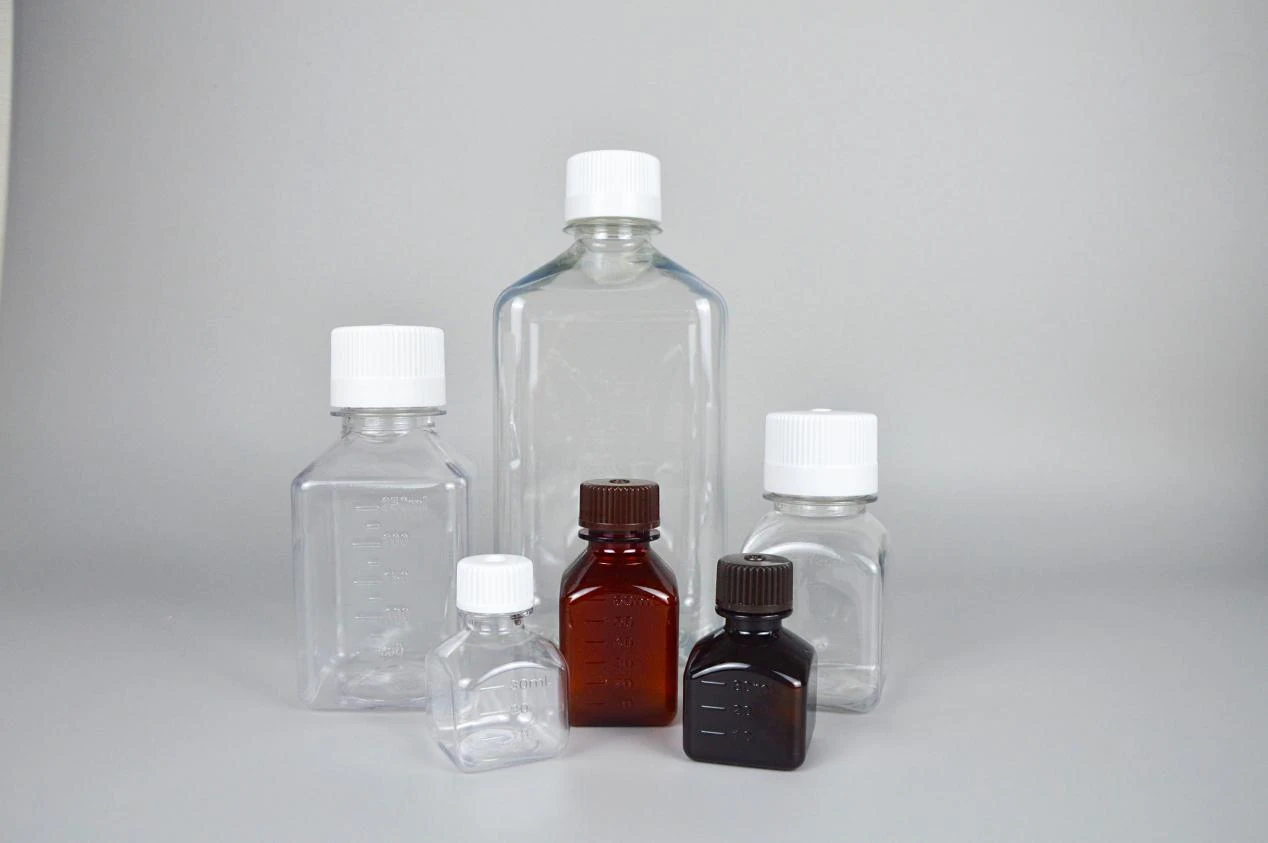pill bottle containers
The Evolution of Pill Bottle Containers A Modern Necessity
In today’s fast-paced world, the importance of medication adherence cannot be overstated. Millions of people rely on prescription medications to manage chronic illnesses, and the container in which these pills are held plays a crucial role in their effective use. Pill bottle containers, once considered simple vessels for storing medications, have evolved significantly, enhancing their functionality, safety, and convenience.
Historically, pill bottles were primarily made of glass, which provided a sterile environment but was heavy and prone to breakage. As the pharmaceutical industry evolved, the introduction of plastic bottles offered a lightweight and shatterproof alternative. This shift not only enhanced safety for consumers but also reduced shipping costs, significantly impacting the distribution of medications. Today, most pill bottles are made from high-density polyethylene (HDPE) or polypropylene, materials that are not only durable but also resistant to moisture and oxygen, factors that can degrade the quality of pharmaceuticals.
One of the significant advancements in pill bottle containers is the child-resistant locking mechanism. Introduced in the 1970s, these mechanisms were designed to prevent accidental ingestion by children, a serious risk associated with commonly prescribed medications. The design of these child-resistant bottles uses a combination of push and turn actions, making it nearly impossible for young children to access the contents while still allowing adults to open them easily. Over time, these designs have been refined to ensure that they are both secure and user-friendly, reflecting a growing awareness of family safety.
In recent years, the rise of smart technology has also begun to permeate the world of pill bottle containers. The integration of smart technology offers new features that can significantly improve medication adherence. For instance, some modern pill bottles are equipped with Bluetooth technology, enabling them to connect to mobile applications on smartphones. These apps can provide reminders for when to take medication, log doses taken, and even alert caregivers if a dose is missed. Such innovations ensure that patients stay on track with their medication schedules, reinforcing the idea that health management is a top priority.
pill bottle containers

Besides functionality, the design of pill bottle containers has also been bolstered by a focus on accessibility. Pill bottles now come in varying sizes and shapes to accommodate different types of medications, ranging from tablets to liquids, and even gels. Furthermore, many manufacturers have started using clear bottles, allowing patients to easily see the quantity of remaining medication. This transparency not only aids in managing refills but also helps consumers quickly identify if they are running low.
Another notable trend is the customization of pill bottles. Pharmacists and manufacturers are recognizing the value of personalized medication management systems. Some companies are creating customized pill organizers that allow for daily or weekly dosing. These systems can help patients who manage multiple medications, reducing the confusion and errors associated with traditional pill bottles.
Despite these advancements, challenges remain. Issues such as medication disposal and environmental sustainability have come under scrutiny. Traditional pill bottles, primarily made from plastic, contribute to environmental waste. In response, some companies are exploring biodegradable materials and encouraging customers to participate in take-back programs to ensure safe disposal. These steps are crucial as society moves towards a more sustainable future while still meeting the needs of those relying on pharmaceutical care.
In conclusion, the journey of pill bottle containers from mere storage solutions to high-tech, user-friendly systems highlights their vital role in modern healthcare. Innovations have made them safer, more accessible, and more effective in promoting medication adherence. As technology continues to advance and our understanding of user needs evolves, it is exciting to imagine what the future holds for pill bottle design. Ultimately, the goal remains the same to support health and well-being through effective medication management, proving that even the simplest of objects can have a profound impact on our lives.
-
Aesthetic Makeup Spray Bottles | Fine Mist Empty RefillableNewsAug.19,2025
-
White Plastic Veterinary Vaccine Vials | Lab Liquid BottlesNewsAug.18,2025
-
Plastic Medicine Liquid Bottle: Secure Flip Top Drug VialsNewsAug.17,2025
-
Durable 250ml Blue Plastic Vaccine Vial for Lab & Vet UseNewsAug.16,2025
-
Sterile Virus Sample Tubes: Secure & Reliable Specimen CollectionNewsAug.15,2025
-
White 250ml Plastic Vaccine Vial for Lab & Vet MedicineNewsAug.14,2025
























